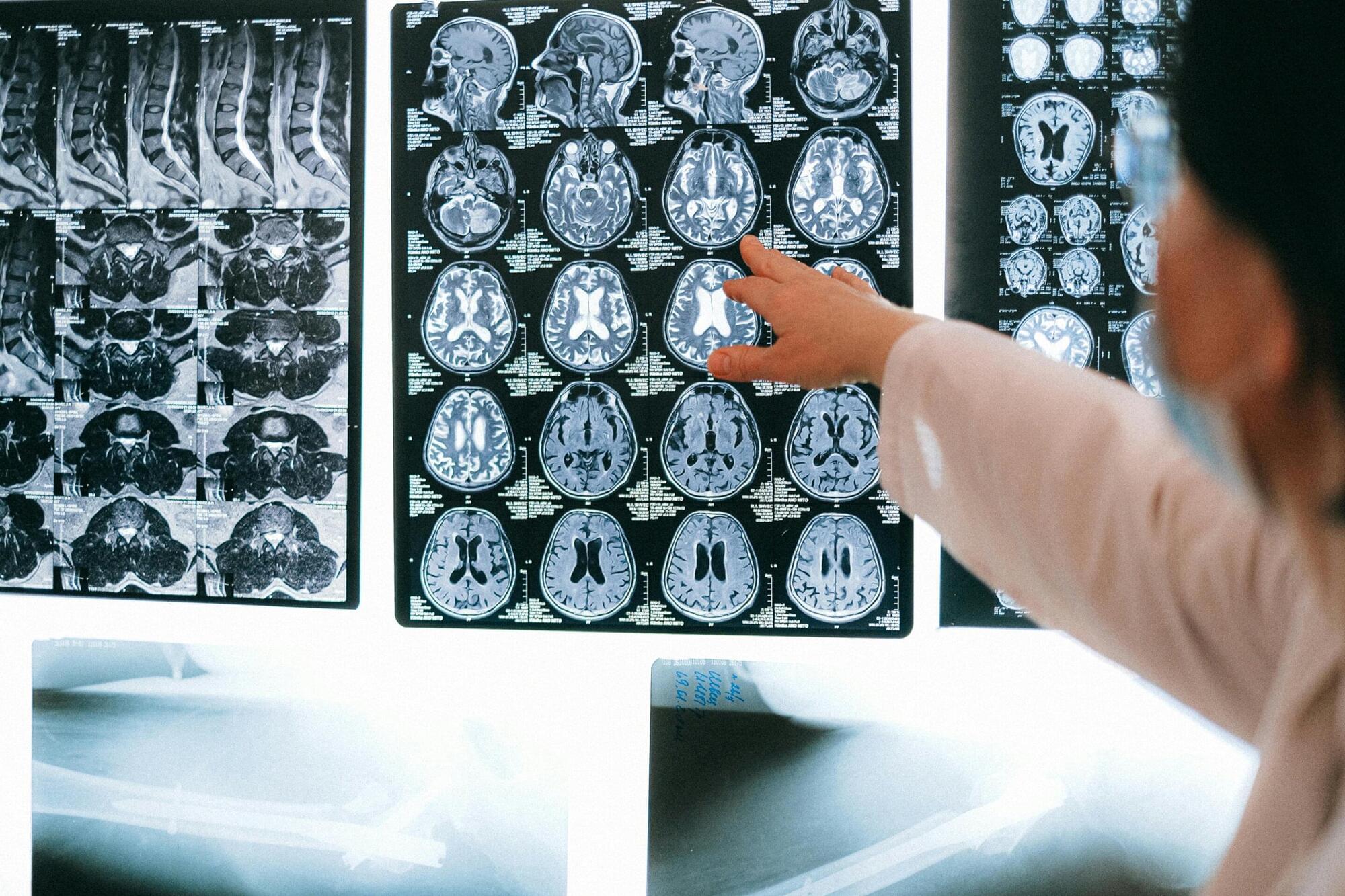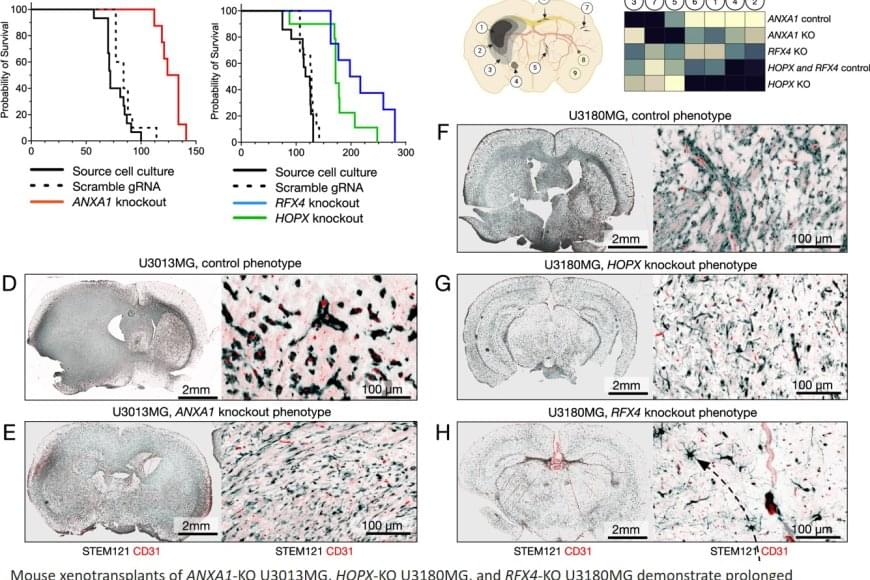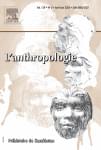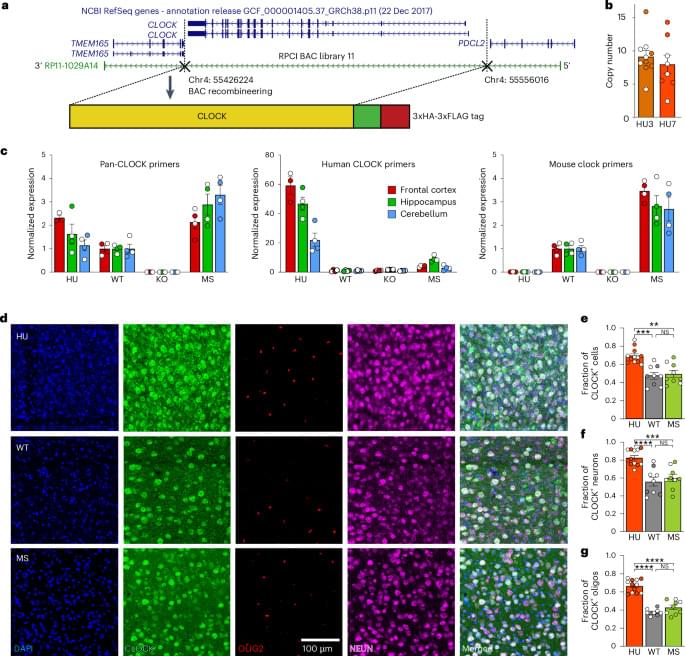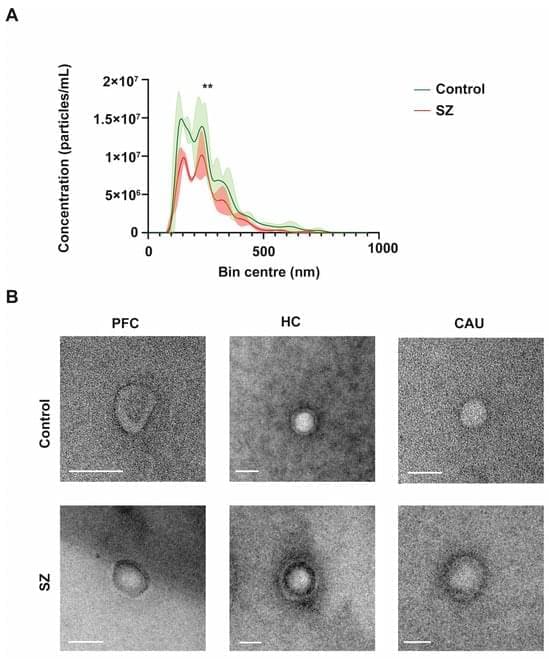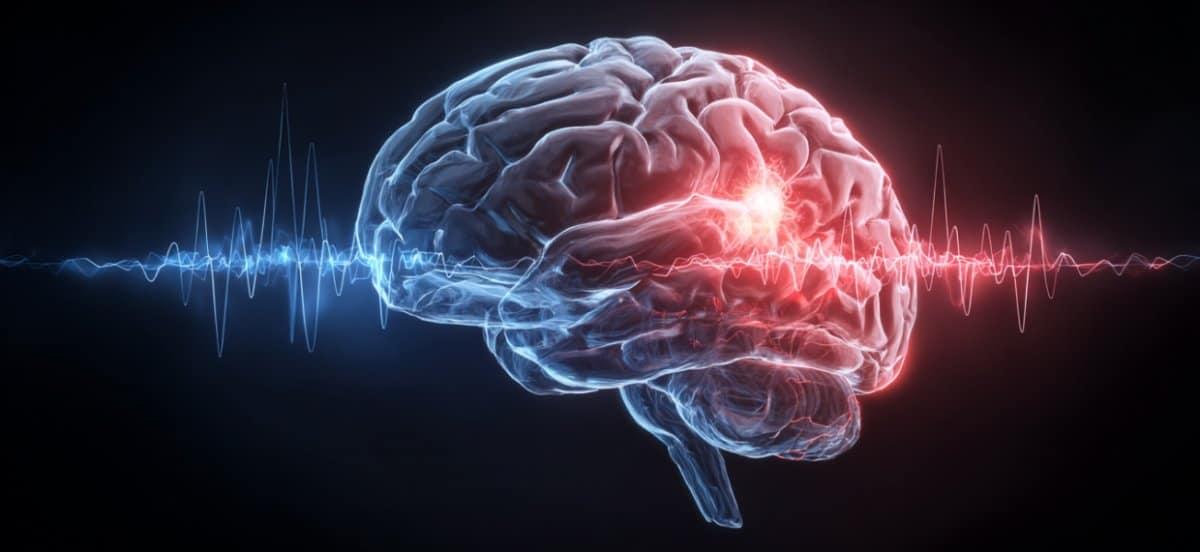University of Kentucky Markey Cancer Center researchers have discovered a genetic biomarker that could help identify patients with glioblastoma most likely to benefit from the cancer drug bevacizumab.
The study, published in JCO Precision Oncology, found that brain tumors from patients treated with bevacizumab who lived longer were more likely to have a genetic change called CDK4 amplification. This suggests that testing for the molecular marker could help oncologists identify patients most likely to respond well to bevacizumab treatment.
“The findings could help oncologists make more informed treatment decisions for glioblastoma patients, potentially sparing those unlikely to benefit from unnecessary side effects while ensuring those who might respond get access to the drug,” said John Villano, M.D., Ph.D., the study’s lead author and professor in the UK College of Medicine.
